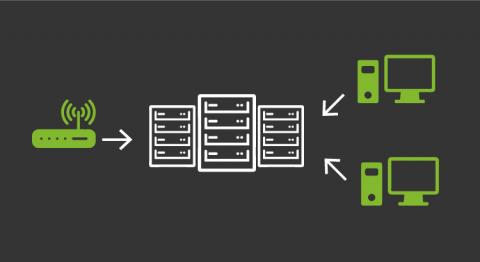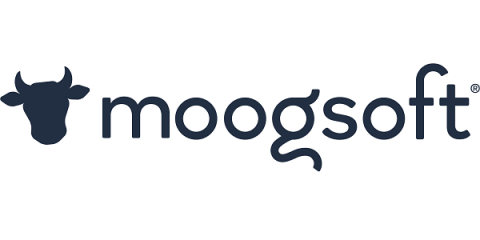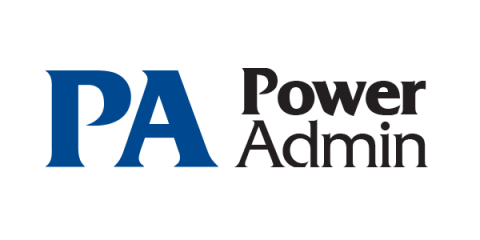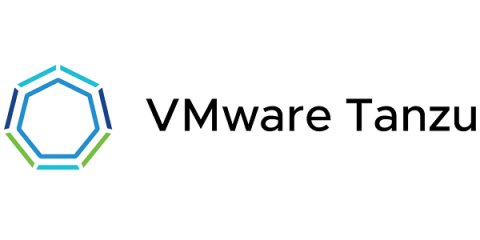Pandora FMS SNMP trap monitoring
As network technology evolves, the SNMP world evolves with it. They create new network hardware that contains more and more OIDs to be able to stay updated on the status of more details of the product. This entails the need to automate the way to control every detail, doing it through the use of SNMP trap monitoring. An SNMP trap is a message sent by an SNMP device to a configurable IP address when there’s a change or an event on the device.











